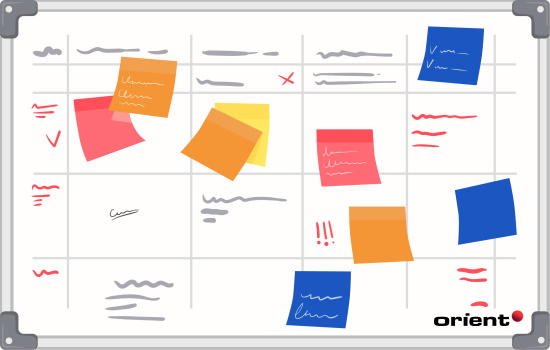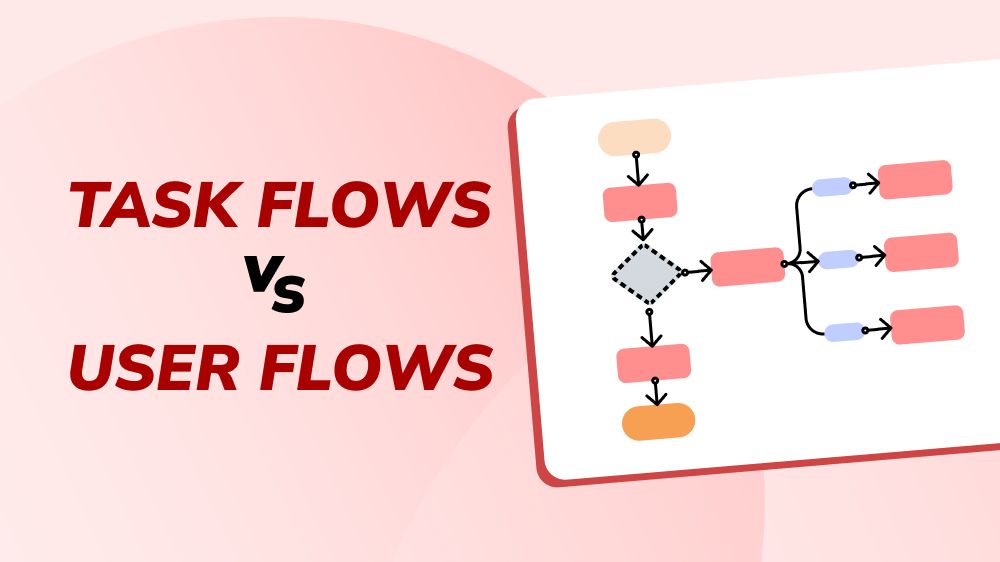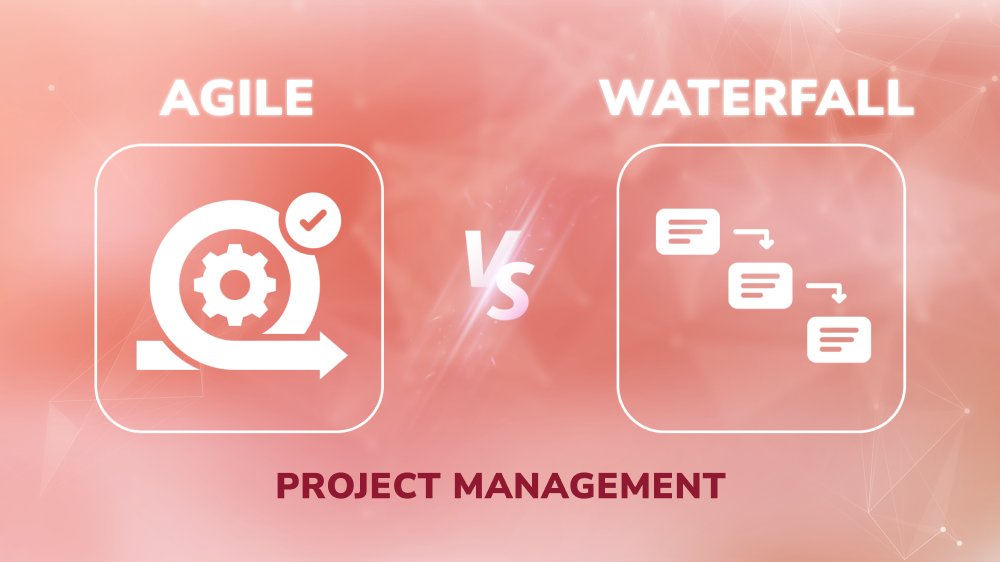The Desirable Benefits of Agile Methodology in Software Development

Content Map
More chaptersWith 71% of US companies and 61% of respondents from 76 countries reported to be using agile methodology, it now has become one the most popular and widely-adopted approaches in software development and project management for its flexibility and ability to deliver more profitable business value. Statistics have proven the competitive edge of agile methodology in the software development industry when 27% of businesses adopt the agile approach to increase productivity and manage projects efficiently, while 66% of companies claimed that agile projects have better velocity and shorter completion time.
It is viable to still stick to the traditional project management method like waterfall methodology, but you may lose the chance to acquire many advantages for your software development projects in terms of speed, quality, and more by overlooking agile methods. So, what exactly are some benefits of agile methodology? Keep reading this blog post, and you’ll soon find out.
What Is Agile Methodology?
An agile methodology is an approach to managing software development projects by separating them into multiple phases that are easily manageable. It emphasizes iteration development, continuous improvement, collaboration with project stakeholders, customer involvement, and continuous delivery. The primary principle of agile software development is simply to deliver working software to customers as early and frequently as possible to get feedback from the customer throughout the development process. This helps ensure that the final product reflects exactly the user stories and what the clients want and need.
There is more than one type of agile methodologies, and here are some common ones:
- Kanban: This is an agile development method that centers the flow of work. The focus is on visualization, making the process more efficient, and limiting work in progress to improve throughput.
- Scrum: This is the most popular agile development method. Scrum involves dividing the project into sprints and using cross-functional teams to complete tasks within those sprints. The main goal is to get working software into the hands of customers as quickly as possible.
- Feature-driven Development (FDD): As its name suggests, FDD focuses on developing features. It involves dividing the project into feature sets and then developing those features in short cycles.
- Extreme Programming (XP): XP is an agile development method that focuses on customer satisfaction and quality. It involves short development cycles, frequent releases, and close collaboration between the customer and the development team.
- Dynamic Systems Development Method (DSDM): A framework that delivers the right combination of the agile process, tools, and manpower to get the job done. Its focus is on how to help people work effectively and achieve business goals.
- Crystal: It is an agile method that focuses on communication, feedback, and simplicity. It involves using an iterative and incremental approach, continual planning, close and constant communication, and a focus on the human elements of the project.
- Test-Driven Development (TDD): A development approach in which tests are written before code is written, and then the code is written to pass those tests.
- Lean Software Development: An approach that eliminates waste in all areas of the software development process to create and deliver more value to clients faster.
- Scaled Agile Framework (SAFe): A framework that can be used to implement agile at scale for large enterprise projects.
Key Benefits of Agile Project Management Methodologies in Software Development
In comparison with the traditional project management methods like waterfall methodology, agile outperforms in multiple aspects that result in several benefits as below:

Continuous Improvement & Delivery
At its core, agile is made to cater to continuous improvement and continuous delivery. Or in the simplest terms, it helps improve the quality of your software constantly while ensuring that it is delivered on time. This is one of the critical advantages that will lead to more following benefits when using the agile software development methods.
Secure Superior Quality Product
This is the second benefit. Since agile software development breaks down the project into manageable units, each unit can be thoroughly tested before it is delivered. By doing this, the quality assurance process is nearly carried out every step of the way. In addition, features can be added or changed more easily in agile as the project progresses, which means that the final product will be of superior quality. By contrast, waterfall projects tend to have a lot of defects because testing is only done at the end, and it is difficult to make changes once the project is underway.
Improve Customer Satisfaction
As this iterative approach emphasizes the constant collaboration between the project team and the stakeholders, the agile teams can gather timely feedback from customers during each stage of the development cycle and take action immediately after review sessions. This will enable the project teams to secure the quality of the final outcomes and ensure that the deliverables suit what customers need, which certainly results in better customer satisfaction and retention.
Better Control Over Projects
Speaking of benefits, we must mention how the agile approach allows the project managers to have more control over the development cycle as a whole due to its transparency. Since all aspects of the project are open to stakeholders’ scrutiny, there is no room for any sort of misunderstanding or miscommunication. As a result, the project manager and the entire team can keep track of everything that might impact the quality or the timeline of the project.
Mitigate Risks
Furthermore, agile makes it so much easier for the teams to work effectively toward the same objectives and cope with the common project pitfalls, such as scope creep, unrealistic deadlines, unresolved dependencies, etc. The project teams can take immediate actions to remove or resolve the obstacles when needed by holding regular meetings, making decisions based on data, and so on. As a result, the risks of project failure will be predicted and minimized, and the rate of success will be maximized. For your information, agile projects are approximately 1.5 times more successful than those with traditional project management methods.
Higher Speed to the Market
Thanks to agile methodologies, project teams can release new features or products to the market much faster than their counterparts who follow other project management methods. The iterative approach facilitates getting feedback frequently and making changes accordingly, so it will speed up the development cycle. In addition, since agile favors working code over comprehensive documentation, the project teams can avoid wasting time on writing documents that might become outdated soon.
Better Flexibility & Adaptability
In addition to being faster, agile software development is also more flexible and adaptable. This means that the project teams can make changes along the way if the requirements change or if there are any unforeseen circumstances. For instance, if the stakeholders want to add a new feature to the product, the agile team can easily do so without disrupting the development process.
Boost Team Morale & Performance
Agile teams are self-organized and autonomous, which means that they are in control of their own work. This will result in a boost in team morale as the members feel that their opinions and ideas are valued. Furthermore, since agile teams are cross-functional, the members can learn new skills from each other, which leads to better performance and continuous improvement.







